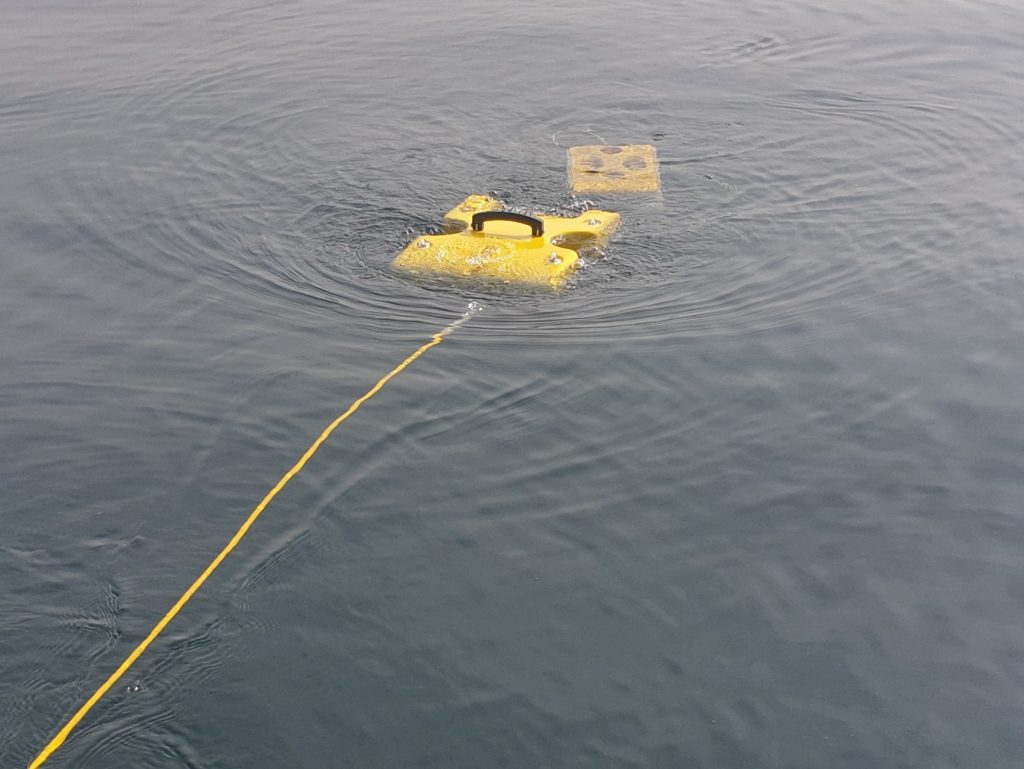Achieving speeds faster than 2 knots with an ROV requires the consideration of available propulsion systems, hydrodynamics, power supply, and operational safety. While faster speeds offer benefits such as efficiency and rapid response, they also come with increased costs, operational challenges, and potential trade-offs in terms of maneuverability and endurance. The optimal speed for an ROV depends on the specific mission, tasks, and operational considerations.
SEAMOR Marine opts for steady and reliable ROVs. However, our payloads and speeds are flexible. We build our ROVs with your needs in mind. That being said, here is the lay of the land when it comes to ROV speed and the trade-offs.
Controls and Limits of ROV Speed
- Operational Safety. Higher speeds can lead to increased risks of collision, instability, and damage to the ROV or its equipment. Safety concerns often limit the maximum speed of an ROV to ensure reliable operation.
- Real-time Feedback and Control. ROV pilots need to receive real-time feedback from sensors, cameras, and other instruments to navigate accurately and avoid obstacles. High speeds reduce the effectiveness of data collection and processing, affecting the ROV’s ability to perform tasks.
- Endurance. Faster speeds consume more power and can reduce the ROV’s operational endurance, as the available energy is used up more quickly. This varies depending on the type of energy source your ROV requires. However, less energy consumption = better for the environment in all scenarios.
Benefits of a Fast ROV
- Efficiency. Faster speeds allow for quicker completion of tasks, such as surveying larger areas in less time or covering more ground during inspections. This works well when using sonars, however, its range of applicability it limited when it comes to infrastructure inspections.
- Rapid Response. In scenarios where time is critical, a fast ROV can quickly reach a target location for inspection, search and rescue, or environmental monitoring. Although, this rarely happens as external/environmental factors can affect ROV speed on a per mission basis too.
- Data Collection. Higher speeds can potentially allow for more data to be collected in a shorter period, aiding in research and analysis.
Costs and Limitations of a Fast ROV
- Equipment and Engineering Costs. Designing and building an ROV capable of high speeds can be more complex and costly, requiring advanced propulsion systems, control algorithms, and materials.
- Operational Challenges. Fast ROVs may require more sophisticated control systems and skilled operators to ensure safe and accurate maneuvering.
- Reduced Maneuverability. High speeds compromise the ROV’s ability to make precise movements. This ability is crucial for delicate tasks like sample collection or intricate inspections.
- Power Consumption. Faster speeds consume more power, limiting the ROV’s endurance and requiring larger and more powerful energy sources.
What is your ideal ROV speed? Chat with the SEAMOR team to find the best match for your needs.

